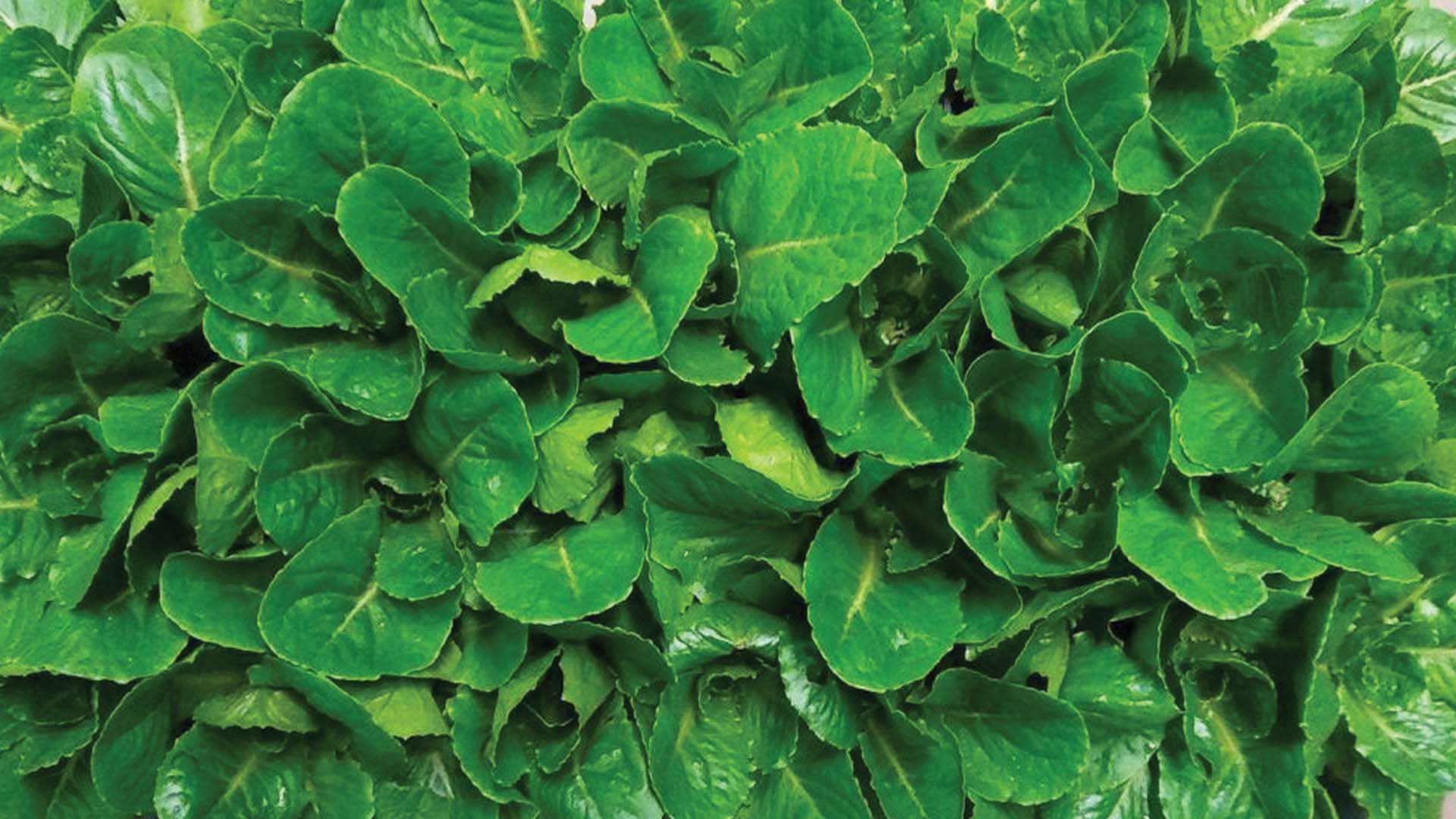A team of researchers at the University of California, Davis have invented a type of lettuce that could help astronauts avoid bone loss during extended missions in space, such as to Mars. The modified transgenic lettuce produces a bone-stimulating hormone, and it can be easily grown in space.

Space-grown Lettuce’s Importance
The development of this lettuce is vital to solving one of the biggest health issues astronauts experience: a loss in bone density. Our bones are constantly balanced between growth and resorption, allowing bones to respond to injury or changes in exercise. However, spending time in microgravity disrupts this balance, tipping bones towards resorption. As a result, astronauts lose an average of about 1 percent of bone mass for every month spent off-world.
For astronauts on an International Space Station mission that typically lasts about six months, exercise is the key to preventing a loss in bone density. However, studies have shown that exercise alone is not enough to prevent bone density loss in space, especially on longer missions. Considering that future missions to Mars, which NASA hopes to occur in the 2030s, could leave astronauts in space for as long as three years, a solution to avoiding bone density loss is critical.
The concept of using existing medications to stimulate bone formation was thrown around, but this medication would be impractical to transport and store during a space mission. On the other hand, thousands of transgenic seeds can fit in a thumb-sized vial, making it much lighter and more robust. The seeds are then grown like regular lettuce.
Development of Space-grown Lettuce
The first space-grown lettuce was created in 2014 with NASA’s plant experiment (VEG-01) where lettuce and other veggies were grown on the International Space Station. In VEG-01, the plants were grown in “plant pillows” which acted as a sort of pot adapted for space flight. The pillows were filled with a controlled release fertilizer and a baked ceramic called arcillite. Arcillite helps trap air and water in the root zone.
Tomorrow’s World Today got an exclusive look at the space VEG-01 program in 2018. Check it out HERE or below:
In 2022, thanks to a proof of concept funded by NASA through the Center for Utilization of Biological Engineering in Space (CUBES), researchers at UC Davis further modified the Veg-01 project and lettuce plants to give astronauts a way to grow their own bone loss treatment in space. The engineered lettuce plants contain a special fusion protein that is attached to a drug called parathyroid hormone, or PTH.
As of the current research, astronauts would need to eat about eight cups of lettuce a day to get the desired dosage. Researchers are trying to increase the amount of the drug so that astronauts don’t have to consume as much. The team is also working to determine the bioavailability of the lettuce’s bone-stimulating medicine, how much of the drug the plants can produce, which leaves contain the highest levels, and the ideal harvest time.
Future Applications
As with many other scientific research and developments, there are many possible applications to the space-grown lettuce technology on Earth. For example, this technology would make it possible to build a greenhouse to grow plants to produce medicine.
Furthermore, Kevin Yates, the graduate student researching this project predicts that “I would be very surprised that if, by the time we send astronauts to Mars, plants aren’t being used to produce pharmaceuticals and other beneficial compounds.”







